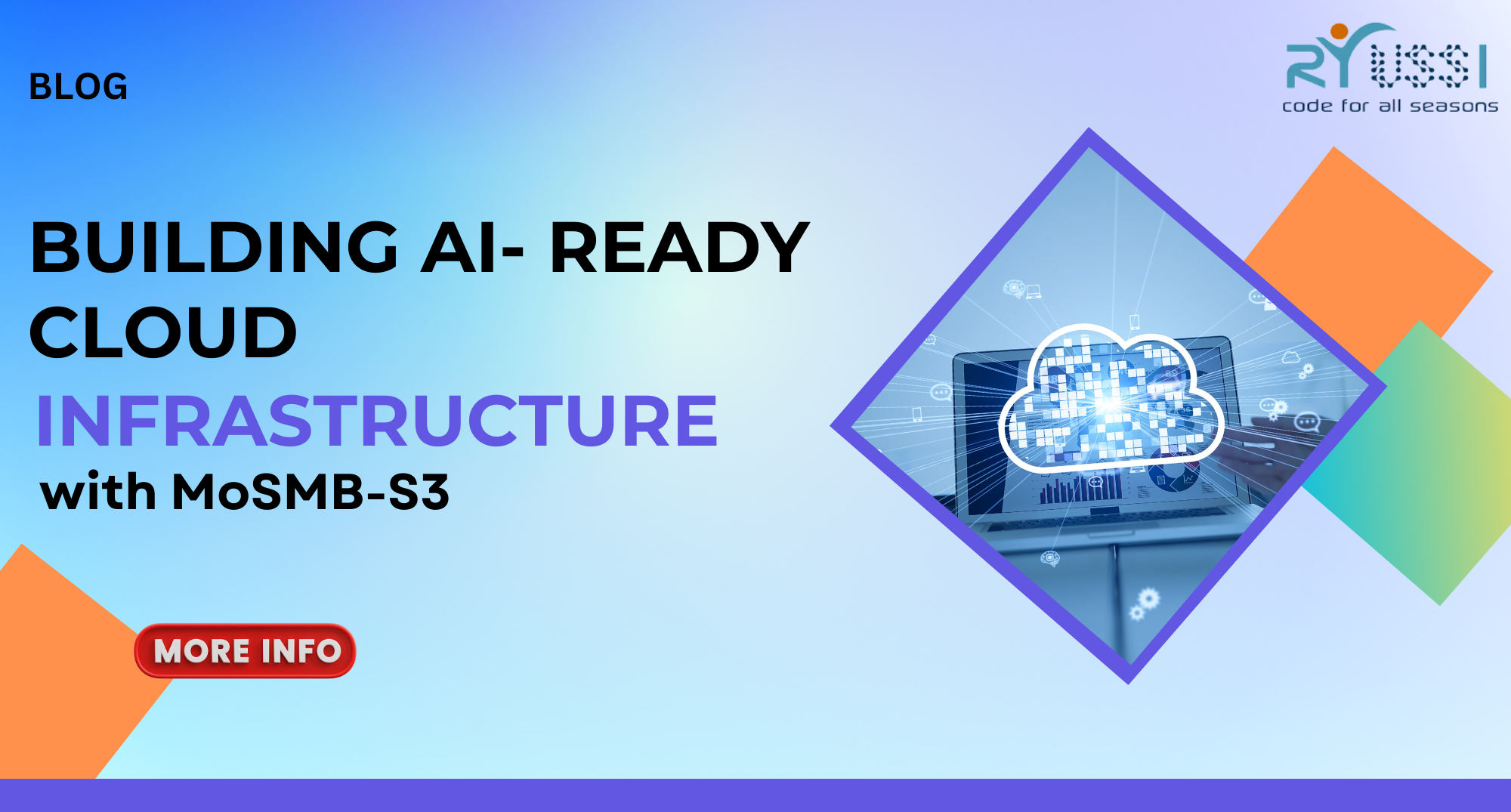
MoSMB and Edge Computing: Bringing Data Closer to the User
As the world becomes more interconnected, the need for faster data processing and reduced latency has led to the rise of edge computing. By moving data storage and computation closer to where it is needed—at the edge of the network—businesses can significantly enhance their operations and deliver a better user experience. In this rapidly evolving space, MoSMB plays a critical role in ensuring seamless file sharing and efficient data management across distributed edge environments.
What is Edge Computing?
Edge computing is a paradigm shift in IT infrastructure where data processing occurs at or near the location where the data is generated, rather than relying on centralized cloud servers or data centers. This approach significantly reduces latency and improves response times, which is essential for industries where real-time data access and processing are critical—such as IoT, smart cities, autonomous vehicles, and industrial automation.
With edge computing, devices at the network’s edge—such as sensors, cameras, or local servers—handle data storage and processing. This helps organizations reduce bandwidth usage, improve performance, and provide faster insights by minimizing the need to send data back and forth to centralized cloud servers.
The Role of MoSMB in Edge Computing
While edge computing delivers numerous benefits, managing data across distributed environments presents unique challenges. This is where MoSMB shines by providing an efficient and scalable solution for file sharing, data access, and storage management at the edge. Here’s how MoSMB helps streamline edge computing operations:
- Efficient Data Synchronization: In an edge computing setup, devices at multiple locations generate and consume data simultaneously. MoSMB ensures efficient synchronization of files across all edge devices and the cloud, enabling consistent and up-to-date data access without the need for manual intervention.
- Low-Latency File Access: MoSMB is designed for high-speed file transfers, ensuring low-latency data access at the edge. This is especially critical for applications like real-time analytics, autonomous systems, and industrial control systems, where even the slightest delay in accessing data could lead to operational inefficiencies or safety risks.
- Optimized Bandwidth Usage: Edge computing reduces the need to send all data back to centralized cloud servers for processing, but efficient bandwidth utilization is still a key factor in successful implementation. MoSMB’s data deduplication and compression features minimize the amount of redundant data transmitted between edge devices and central servers, optimizing bandwidth usage and lowering operational costs.
- Scalability for Distributed Environments: Edge computing infrastructures can consist of hundreds or even thousands of devices. MoSMB’s scalable architecture allows businesses to manage and access data across multiple edge nodes efficiently, regardless of how geographically dispersed they are. This ensures seamless scalability as data generation grows across different regions.
- Seamless Hybrid Integration: Edge computing is often part of a larger hybrid cloud strategy. MoSMB seamlessly integrates with cloud storage providers like Amazon S3 and Wasabi, allowing businesses to extend their edge computing capabilities with secure, scalable, and cost-effective cloud storage. This enables efficient data archiving and backup while keeping mission-critical data close to the user for real-time processing.
Benefits of MoSMB for Edge Computing
By deploying MoSMB in an edge computing infrastructure, businesses can unlock several key benefits that enhance their data management and overall operational efficiency:
- Reduced Latency: MoSMB’s ability to provide low-latency file access ensures faster response times for edge applications, leading to improved user experiences and more efficient operations.
- Real-Time Data Access: In edge environments where real-time decision-making is crucial, MoSMB ensures that data is always readily available, enabling businesses to act on insights instantly.
- Improved Network Efficiency: By reducing redundant data transmissions and optimizing bandwidth usage, MoSMB helps businesses improve network efficiency, which is especially important in environments with limited connectivity or bandwidth constraints.
- Enhanced Data Security: Edge computing presents new challenges for securing data at the edge. MoSMB ensures secure file transfers and encrypted data management, helping businesses maintain high levels of data security even in distributed edge environments.
- Cost-Effective Storage Management: With MoSMB’s built-in data optimization features, businesses can reduce the amount of physical storage needed at edge locations. This lowers infrastructure costs while ensuring that data is stored efficiently and accessed quickly.
Real-World Application: Edge Computing in IoT with MoSMB
One of the most prominent use cases for MoSMB in edge computing is in the Internet of Things (IoT). IoT networks consist of a multitude of interconnected devices that continuously generate vast amounts of data. Edge computing plays a critical role in processing this data locally, and MoSMB provides the tools needed to ensure seamless data sharing and storage across these edge devices.
For example, in a smart city environment, IoT sensors deployed across various locations (e.g., traffic lights, surveillance cameras, environmental monitors) generate real-time data that needs to be processed and acted upon quickly. MoSMB ensures that this data can be stored, accessed, and synchronized efficiently across multiple devices, enabling city planners to make real-time decisions based on accurate, up-to-date information.
The Future of Edge Computing with MoSMB
As edge computing continues to grow, the demand for efficient file-sharing protocols like MoSMB will increase. Businesses will need reliable and scalable solutions to manage data across distributed environments without compromising performance, security, or scalability. With its robust architecture, seamless cloud integration, and focus on efficient data management, MoSMB is well-positioned to become a critical enabler of next-generation edge computing.
In industries ranging from media & entertainment, telecommunications and manufacturing to healthcare and autonomous systems, MoSMB’s role in streamlining data access, management, and storage at the edge will drive better business outcomes and enhanced user experiences.
Conclusion
MoSMB is playing a pivotal role in helping organizations adopt edge computing by providing a reliable, scalable, and efficient solution for managing file access and data synchronization. As edge computing continues to revolutionize the way data is processed and stored, MoSMB ensures that businesses can bring data closer to the user while maintaining high levels of performance and security.
Whether you are deploying edge computing for IoT, smart cities, or real-time analytics, MoSMB provides the tools you need to ensure that your data is always available and accessible when and where it’s needed.






